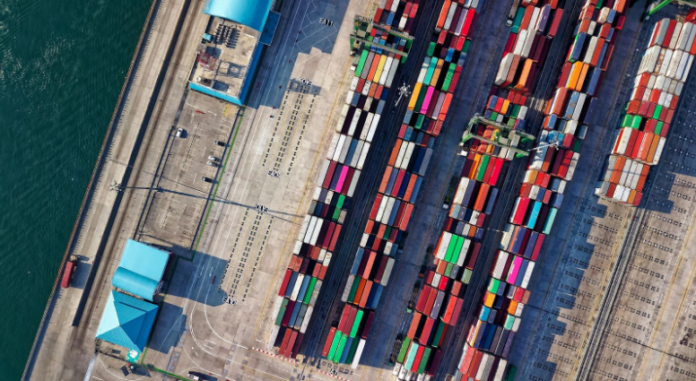While supply chains play a vital part in the global market, they’re vulnerable to challenges that can have devastating effects, such as shipment delays and heightened customer complaints. They can also result in quality issues and lost revenue. Natural disasters, price fluctuations, and product issues are among the unprecedented events that cause supply chain disruptions.
Familiarizing yourself with the supply chain challenges you’ll likely experience can help you find the right tricks to conquer them. Discussed below are four common supply chain challenges and how to overcome them.
- Lack of or supply chain visibility
Supply chain visibility allows you to track products, components, or parts in transit from the manufacturer to the end destination. Its goal is to gain new insights into the supply chain’s operations while minimizing risk. Lack of supply chain visibility can result in various consequences, including:
- Obstructed operational efficiency: Without visibility, the delicate balance between demand and supply becomes elusive, plaguing your business with incorrect demand forecasts, underutilized resources, and overstocking
- Poor decision-making: Decisions made in a supply chain without visibility often lack the accuracy needed for successful operations. The lack of real-time insights often leads to reactive decision-making, causing production delays, excessive inventory stockpiles, and missed deadlines
Other consequences of a lack of supply chain visibility include customer dissatisfaction and missed growth opportunities. Partnering with a reliable logistics partner lets you leverage connected technologies to simplify data and be empowered with valuable supply chain insights for better and faster decision-making.
- Inflation
Supply chain inflation can lead to a ripple effect on prices, increasing supply chain costs and resulting in higher inflation and prices. This reduces the consumer’s purchasing power. The inflationary climate is due to the overall increase in the prices of energy and raw materials used to manufacture goods. These inflationary periods lead to complexities in procurement. Should increased prices be passed onto the buyer, demand falls, meaning producers may require fewer services or goods. To mitigate inflation in the supply chain, consider:
- Buying from numerous sellers to safeguard against inflation
- Buying early and regularly to stay ahead in case of supply chain problems
- Maximizing available technology, including hyper automation, which simplifies logistics, and robotics, which increases order accuracy
- Demand volatility
Demand volatility refers to the swift, unpredictable fluctuations in customer demand for services or products over a particular period. It can be caused by factors like market trends, seasonality, external events, and more. The demand fluctuations resulting from these elements lead to excess inventory, stockouts, customer dissatisfaction, and increased costs. The following strategies can help manage demand volatility in the supply chain:
- Precise demand forecasting: With the help of historical data, advanced analytics, and market insights, you can develop dependable demand forecasts
- Demand management and shaping: Implementing demand management techniques can help your company proactively manage and shape demand to lower volatility
Building flexibility and agility into your supply chain can also help manage demand volatility.
- Poor communication
Communication is the most critical part of the supply chain because it impacts operations directly. Poor communication is among the most significant obstacles to supply chain efficiency. Without the means to facilitate robust communication, problems cannot be raised fast enough, resulting in a waste of materials and products plus backlog buildup. This implies that demand is not being met. To overcome the communication issues, consider:
- Using technology for effective communication
- Establish clear communication lines
- Promoting open communication
Endnote
Supply chain disruptions have devastating effects on your business growth and bottom line. Familiarize yourself with the common supply chain challenges and how to overcome them to ensure success.







